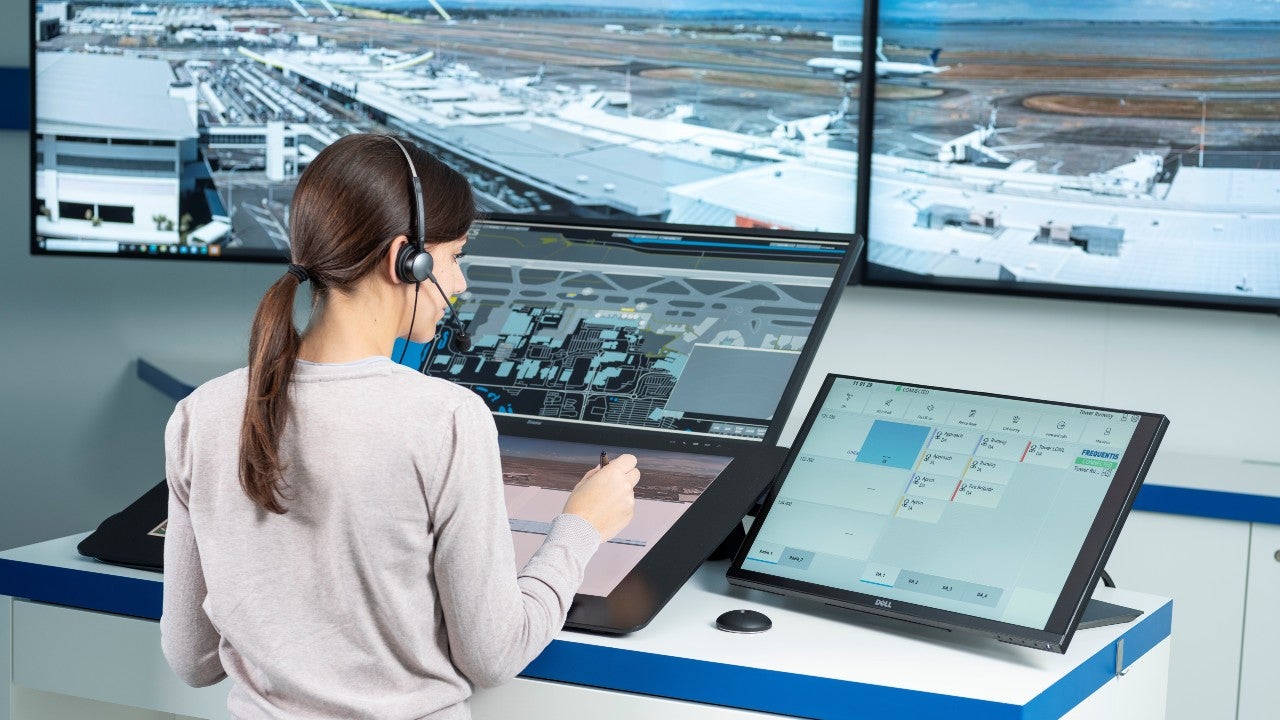
Air navigation service providers (ANSPs) have been responding to the challenges brought on by the Covid-19 pandemic with operational contingency plans and minimising large shutdowns.
Frequentis’ ATC contingency products offer additional levels of redundancy in centre control rooms or towers, as well as the underlying infrastructure.
Talking about the company’s expertise in air traffic management (ATM) contingency approaches, Frequentis digital tower expert and head of international relations Markus Klopf says: “In short, ATC contingency is not new in our portfolio. Our framework contains four existing products which enhance resiliency, so we speak about proven and trusted products, with years of operational experience.
“All in all, they provide a robust framework, which is there to protect against all kinds of threats including the current health crisis. ANSPs have already added a lot of business continuity on the operational side, we add the right technology and together we can run the right processes to ensure ATC operations and, in a wider sense, business continuity.”
ANSPs have been responding to new operational difficulties because of the pandemic. Klopf highlighted some of these challenges: “For example, we have seen that a complete ATC centre has needed to close due to an infection and related infection chain. Closing an ATC centre could mean closing a section of airspace, which is not ideal; so, what’s the alternative?
“Geographic redundancy was not always built into the system, especially for tower ATC. With the remote digital tower concept, it’s now possible to have a stand-by crew operating from a totally different location.”
Ensuring safety and reliability with ATC contingency measures
In addition to the Covid-19 pandemic, there are a range of scenarios such as accidents in and outside the control room where an ATC tower requires contingency plans to avoid grounding flights over large areas.
Klopf explains: “These situations are rare but there are many other situations, out of our control that could arise, be it public infrastructure failures or natural disasters affecting ATC infrastructure.”
The Frequentis contingency framework provides ANSPs with solutions for distributed services, data-centre deployments, and web access among others, with multiple levels of redundancy. Digital tower and virtual centre concepts allow air traffic controllers to work from any location serving any airspace, even across borders. In addition, a back-up ATM automation system is designed as a reliable fall-back option if the main automation system is unavailable. All these solutions can be readily deployed, ensuring services can operate as normal now and into the future.
Klopf explains how the contingency framework is deployed throughout the sector: “As they are existing products and solutions, deployment is quick and can be done almost immediately. Potential customers or regulators can contact us in the headquarters or any one of our local offices around the world.”
Adapting to challenges in ATM
With an extensive range of solutions for digital towers, centres, surveillance, and networks across various aviation operations, Frequentis has grown into a full-scale ATM systems and service provider. The company provides services ranging from training and operations to project management, safety, and control room consulting.
Klopf adds: “Through our joint venture Frequentis DFS Aerosense, we also provide full deployment and consulting services for remote digital towers. And with our latest acquisition ATRICS, we provide AI-based routing and guidance for airports using A-SMGCS and A-CDM.”
ATC services are essential to maintain during uncertain times. Klopf explains: “Even in times of low traffic, ANSPs have to continue to provide services for airspace users around the globe.”
With Frequentis’ contingency framework, ANSPs can ensure operations can continue despite unprecedented events, keeping air travel safe and secure.


